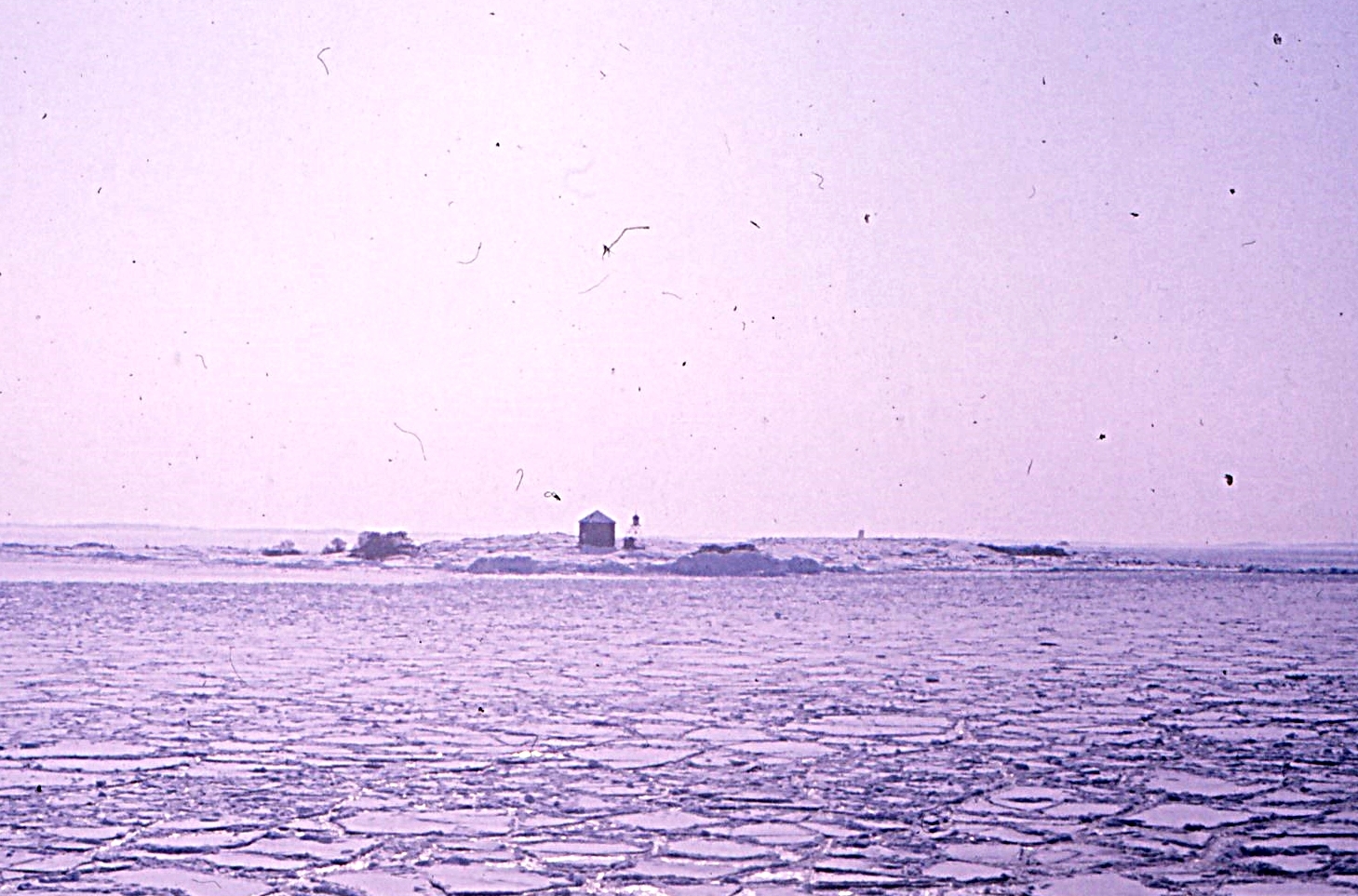Temperature Increase and Melting Ice, What Are the ResultsKeskiviikko 14.8.2019 klo 9.53 - Mikko Nikinmaa Climate change as a result of human actions does not come as a surprise. Already more than 40 years ago for example JH Mercer wrote on Nature (Nature 271, 321-325, 1978) that a large temperature increase may occur, with a threat that ice in Western Antarctica may start melting. It is of note that natural temperature cycles in 1940-80 were such that little anthropogenic temperature increase was observed even with an increase in atmospheric carbon dioxide level. From 1980 onwards the temperature increase has been aggravated by the natural temperature cycle. We may soon be again going to the part of the cycle, when temperature would decrease without human influence, but human actions and what has already happened to the environment are likely to ensure that temperature increase continues, although, hopefully, it is slowed down. In the by climate sceptics widely cited non-refereed preprint by Kauppinen and Malmi in arxiv.com (2019) says that climate scientists don’t take clouds into account in their models, and consequently Kauppinen and Malmi claim that no anthropogenic temperature increase occurs, but all the changes can be explained by cloud cover changes. This claim (among many other false or unsubstantiated statements in the paper) is not true: already in 1970’s any model not considering cloud effects were taken to be quite unrealistic, and the uncertainty caused by cloud cover has been taken into account. One of the major effects of temperature increase is melting ice. This has several important effects. First, sea level rises. Up to a billion people live in coastal areas, which In addition to affecting sea level, melting Greenland ice may influence ocean circulation affecting, e.g., the Gulf stream. The generation of streaming requires that the water of the stream sinks to the bottom of the sea when it becomes cold and heavy. The sinking generates the northward current on the surface and southward current on bottom. The fresh melting water of Greenland ice is lighter than the seawater generally, and thereby the sinking of the surface water is diminished and current generation consequently slowed down. As much of the North American and West European population gets the benefit of the warm Gulf Stream, its slowing can have surprising and unpredictable effects. Although melting of sea ice does not affect sea level, it has significant effect on further climate change. The media have mainly concentrated on how melting of the Arctic sea ice is beneficial as in makes both North-Western and North-Eastern passages possible to be utilized as shipping routes thus markedly decreasing the shipping distance between, e.g. China and Europe. However, the effect is mainly negative, because instead of the radiation being reflected back by the light ice with little effect on temperature, the heat will be absorbed by the dark open sea aggravating temperature increase. Melting of smaller glaciers on mountains affects the river systems radically. Many of the world’s largest rivers start from mountain glaciers. With the glaciers becoming smaller, the river flow will be diminished, and the agriculture depending on the river flow will suffer. Increasing drought periods and decreased agricultural production will be consequences. Also, good quality drinking water will be reduced. Finally, skiing, especially downhill skiing is major livelihood in many areas. We have already seen how Central European tourism is suffering from mild winters, and the situation is likely to get worse. I have taken all these different points, as it is often forgotten how many different effects melting ice has. Because of the negative effects, which have all been predicted for almost half a century, we need a radical change in economic thinking: economy and environmental thinking are not opposite. Rather, there is no economy without healthy and habitable environment. |
|
Avainsanat: climate change, sea ice, sea level |

 may become uninhabitable. As a result, mass migrations of people will take place. One must remember that only ice that is on the ground affects sea level. Sea ice does not do it. Thus, the sea ice of Arctic does not influence sea level. The major sea level rise in the Arctic will come from melting Greenland glaciers. In contrast, most of the ice on Antarctica is land-based and will consequently affect sea level much more.
may become uninhabitable. As a result, mass migrations of people will take place. One must remember that only ice that is on the ground affects sea level. Sea ice does not do it. Thus, the sea ice of Arctic does not influence sea level. The major sea level rise in the Arctic will come from melting Greenland glaciers. In contrast, most of the ice on Antarctica is land-based and will consequently affect sea level much more.